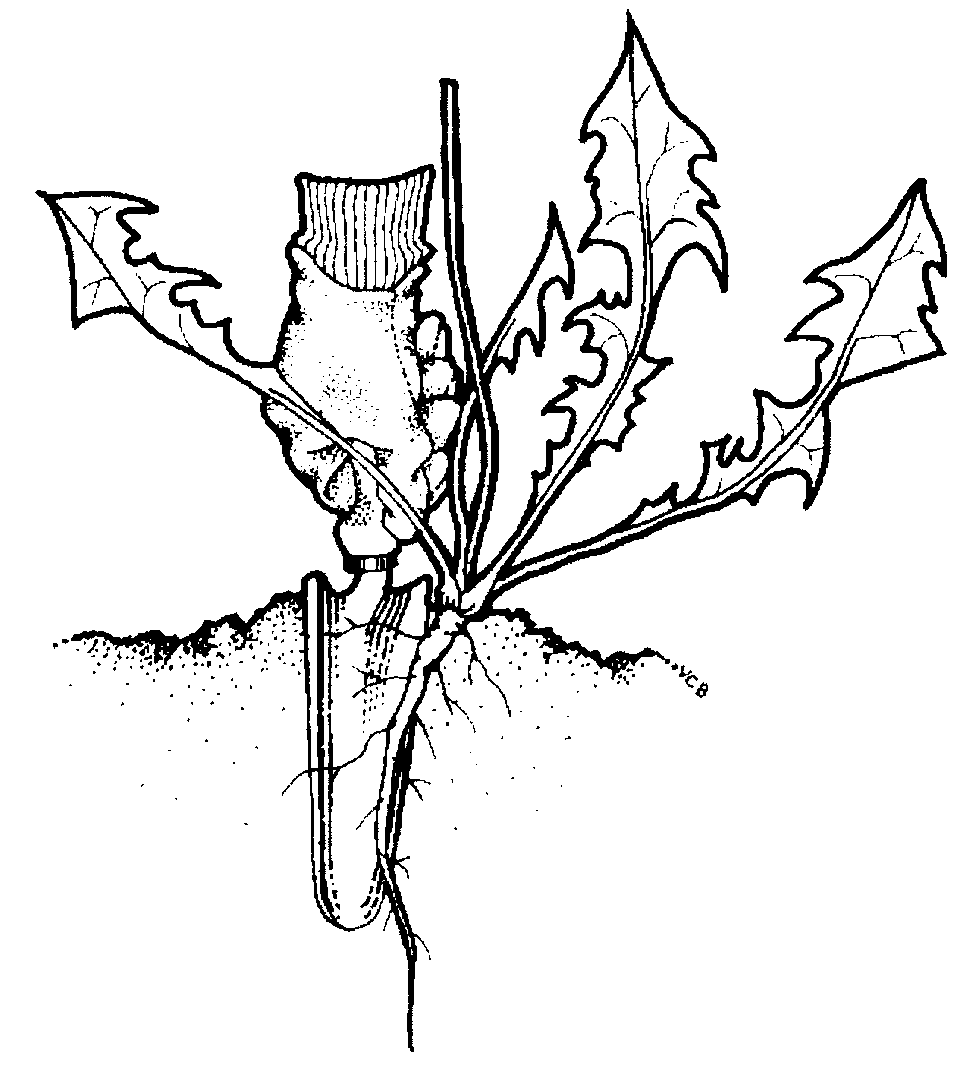(Also known as Ochna)
Ochna serrulata
Family: Ochnaceae
Type of weed: Woody weed
Flower colour(s): Yellow
Priority Weed Local Priority Weed. (See more weeds of the Local Priority Weed class.)
Flowering Months: September, October, November
Description
An erect dense shrub 2–4 m tall.
Leaves are alternate with distinctive finely serrated margins and a prominent mid-vein. Leaves are shiny, bronze in colour when young and dark green when mature.
Flowers have five petals, are bright yellow and appear in spring. The petals fall off in spring to expose green sepals that turn a distinctive red as fruit develops.
Fruit is an oval drupe that turns from green to black over late spring to summer.
Dispersal
Seed is spread by birds. Ochna is a popular plant in gardens and also spreads into the bush from plantings and in dumped garden waste.
Impact on bushland
In intact bushland the shrubs are often scattered. In disturbed bushland Ochna can form dense stands that exclude native ground cover and shrubs and eventually prevent regeneration of larger shrubs and trees.
Distribution
Lower Blue Mountains, Upper Blue Mountains. Mainly Mid to Lower Mountains.
Alternative planting
Native plants
Choose local plants that provide bird habitat:
- Lambertia formosa)
- Silky Needlefish (Hakea teretifolia)
- Hairpin Banksia (Banksia spinulosa)
- Silver Banksia (Banksia marginata)
- Lance Leaf Beard Heath (Leucopogen lanceolatus)
- Red Bottlebrush (Callistemon citrinus)
Council provides a tool, on its Mountain Landscapes website, to help you choose native alternative plantings. Choose your village, soil, vegetation community and the purpose of your planting, and the tool will give you suggestions.
There are native nurseries in several Blue Mountains villages, including Glenbrook, Lawson and Katoomba. Please also ask at your favourite local nursery.
Control
- Dig out tap root
- Scrape and paint
Manual control
Hand removal of plants with a tap root

Push a narrow trowel or knife into the ground next to the tap root. Carefully loosen soil. Repeat this step around the tap root. Grasp stem at ground level, rock plant backwards and forwards and pull gently. Tap roots carefully to dislodge soil. Replace disturbed soil and pat down lightly.
Chemical control
Note: Herbicides that may be used for this weed include Glyphosate.
Scrape and paint

With a knife, scrape up to a metre of the stem to reach the layer below the bark/outer layer. Immediately apply herbicide along the length of the scrape.
Considerations
- A maximum of half the stem diameter should be scraped. Do not ringbark.
- Larger stems (over 1 cm in diameter) should have two scrapes opposite each other.
Specific control tips for this weed
- Dig out seedlings and small plants making sure all the root is removed. Ochna develops a kinked taproot that easily breaks off when the top is pulled.
- Scrape and paint larger shrubs. Scrape two sides of the stem for approximately one third of the length and immediately apply herbicide.
Ochna reshoots vigorously from the base or taproot. Established plants can be difficult to control and follow-up treatment is required. Remove and dispose of semi-ripe and ripe fruit. Best results are attained when control is done in the spring and summer.
For key points on these techniques:
Local Priority Weed
Control measures:
- The plant should be fully and continuously suppressed and destroyed.
- Plants under 4 metres in height should be fully and continuously suppressed and destroyed.
- The spread of this plant should be adequately contained to prevent spread impacting on priority assets. Weed notices will only be issued for these weeds under special circumstances.







